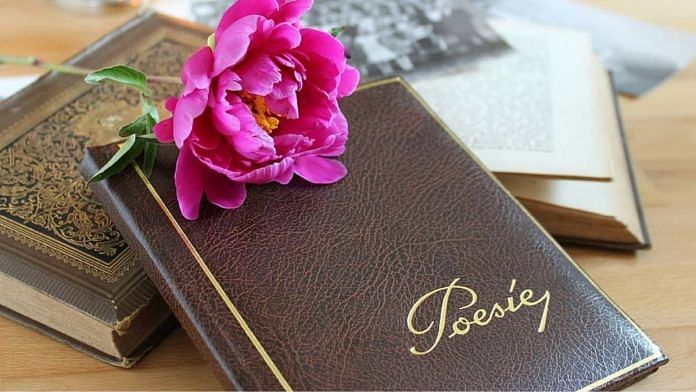When people think about science communication, they often imagine strategies to get large audiences to see a scientist’s research. But in reality, science communication exists across a wide spectrum, from the one-way transfer of knowledge from scientist to the public to the development of dialogue and participation at the other. In moving across this spectrum, science communication presents an opportunity for scientists to listen to other members of society. It also enables non-scientists to use their knowledge, expertise, and lived experiences to develop diverse solutions.
Imagine if I were a scientist tasked with easing reducing the risk of flooding in a local community. As well as collecting data (rainfall measurements, detailed land maps, satellite imagery, etc.), I might also engage with the community itself. These people would have decades of experience, including an awareness of specific regions that might be prone to flooding. We could collaborate and use this local knowledge and expertise to make any solutions more likely to be effective. This would also grant agency to the community, making them more likely to actively support both current and future flood defence measures.
Unfortunately, this type of dialogue is not always possible, mostly because of perceived “hierarchies of intellect”. These hierarchies occur when non-scientific audiences are made to feel like “non-experts”, or when their knowledge and expertise is seen as being less than that of the scientific “experts”. This is especially likely to happen when drawing on tacit knowledge, by which I mean those skills and abilities gained through experience and which are often difficult to put into words. As I discuss in my latest book Science Communication Through Poetry, one of the ways in which we might break down these barriers is through poetry.
Writing together
Collaborative poetry workshops between scientists and non-scientists help to level these hierarchies. This approach is particularly effective when working with audiences who have previously been marginalised by science. I know this because of the workshops that I have run. From discussing environmental change with refugees to exploring how religious communities might tackle the climate crisis, poetry offers a unique opportunity to listen, share and reconnect.
Take this poem, written by a participant as we explored the steps we might take to reduce our carbon footprints:
Plant a tree
Go Barbados and plant
A palm tree
Turn the water off
Drink booze
Take a shower with
Someone else
Take a shower with
Rhianna
The author of this poem wanted to explore the likelihood that their individual actions would really make a difference. Or if doing so was as likely as them sharing a shower with a global superstar.
Re-framing science
Poetry can also be an effective tool at the other end of the science communication spectrum. Good dissemination can be vital, providing reliable information that can be used to challenge falsehoods. However, as scientific research is primarily written for a scientific audience, many non-scientists can miss out on this information.
Here poetry can also act as a conduit between the science and a wider audience, re-framing the research in a language and format that is more accessible. Initiatives such as The Sciku Project, Consilience, or my own science and poetry blog and podcast aim to do just that.
For example, the following poem was inspired by recent research, which has found unexpectedly high levels of hazardous chemicals in nail salons. As a result of me writing this poem more than 60,000 new people were introduced to this research and the impact it might have on their lives.
Give me your hand
as I mask my concerns,
sit back and relax
with worries about skin
as I remove old polish
(how we talk)
trim the nails,
and reproduce.
Buff the surfaces
we don’t know
push back cuticles
and cross our palms.
Let me apply the primer
with chemicals,
the acrylic
with toxins,
the colour
with compounds,
and waves of heat
that do not belong.
Give me your hand,
take a breath
take a photo.
Soon you will be gone
to share my craft,
and I’ll still be here
maintaining the finish.
Breathing the fumes.
Perhaps the biggest challenge in using poetry to help communicate science lies in its own diversity. Many people feel excluded (or even bored) by the poetry that they have encountered. It is therefore necessary to work with these audiences to identify poetry that they do like, and which they feel speaks both to and for them. Doing so helps to reinforce the importance of their own knowledge, expertise and lived experiences.
When done properly, poetry can help to make science more diverse, equitable, and inclusive. Not just as a box-ticking exercise because making sure all sorts of people engage with science so that original and community-driven solutions to the complex problems science is committed to solving can be found.
Associate Professor in Academic Practice, Edinburgh Napier University.
This article is republished from The Conversation under a Creative Commons license. Read the original article.
Also read: How will Elon Musk change Twitter? Time will tell if involvement is for better — or for worse






